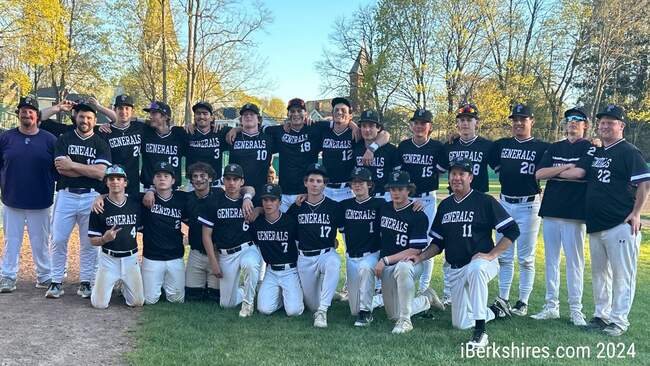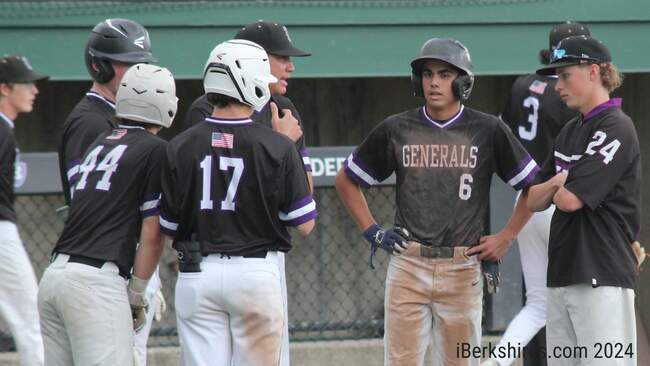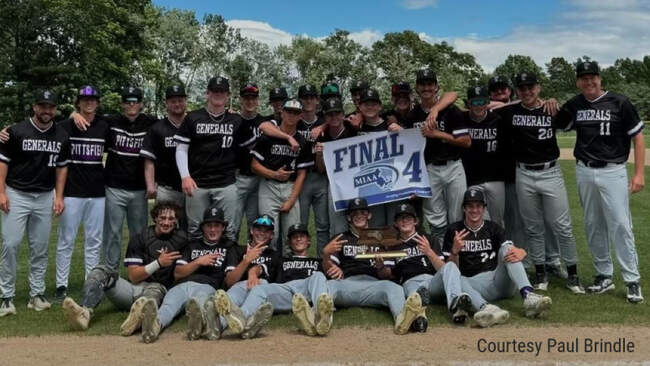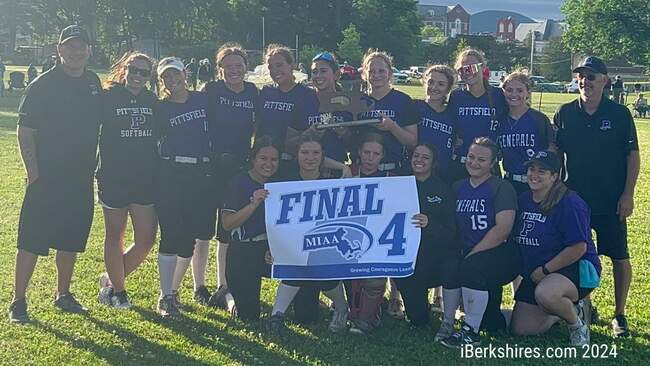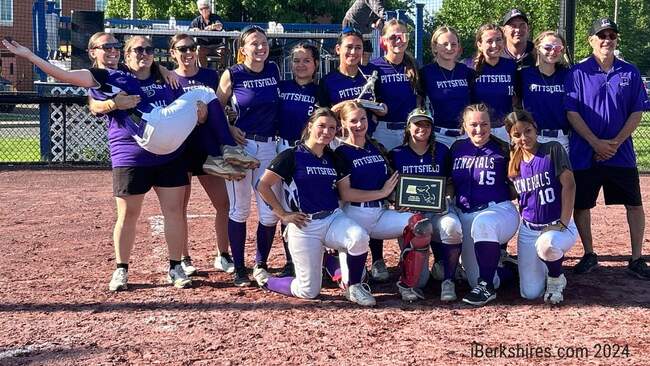
SVMC, Dartmoth-Hitchcock Welcome New PA-C
BENNINGTON, Vt. — The Southwestern Vermont Regional Cancer Center and the Dartmouth-Hitchcock Putnam Physicians welcome Dorisanne Wonsor, PA-C.
Wonsor has worked most recently as an inpatient physician assistant at Dana-Farber Cancer Institute/Brigham & Women’s Cancer Center in Boston, where she also worked as both a senior research data specialist and as a new patient coordinator in the past.She received her master’s degree in physician assistant studies from MCPHS University in Worcester, MA, and her bachelor’s in chemistry from College of the Holy Cross in Worcester. She is certified by the National Commission on Certification of Physician Assistants.
The Cancer Center is a department of Southwestern Vermont Medical Center (SVMC), which is part of Southwestern Vermont Health Care (SVHC). Patients at the Southwestern Vermont Regional Cancer Center have access to genetic counseling, clinical trials, palliative care services, and the latest technology for radiation treatment of cancer. The Center is accredited by the American College of Surgeons Commission on Cancer.
Its physicians are members of Dartmouth-Hitchcock Putnam Physicians, and it is managed in cooperation with Dartmouth’s Norris Cotton Cancer Center, one of three National Cancer Institute-designated comprehensive care centers in New England.
A complete reconstruction of the Southwestern Vermont Regional Cancer Center is planned as a part of the Vision 2020: A Decade of Transformation Capital Campaign. The new Hoyt-Hunter Regional Cancer Center will have double the number of exam and infusion rooms. The design focuses on patient comfort in addition to clinical excellence.
To learn more and make a donation, visit svhealthcare.org/vision2020

Tags: dartmouth-hitchcock, SVMC,

